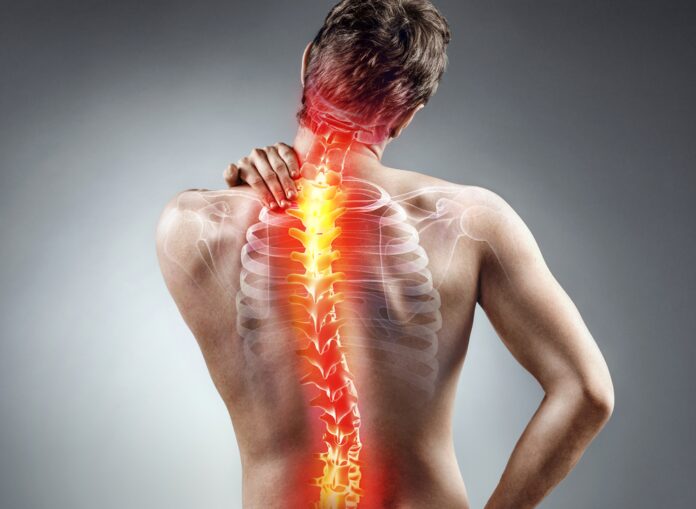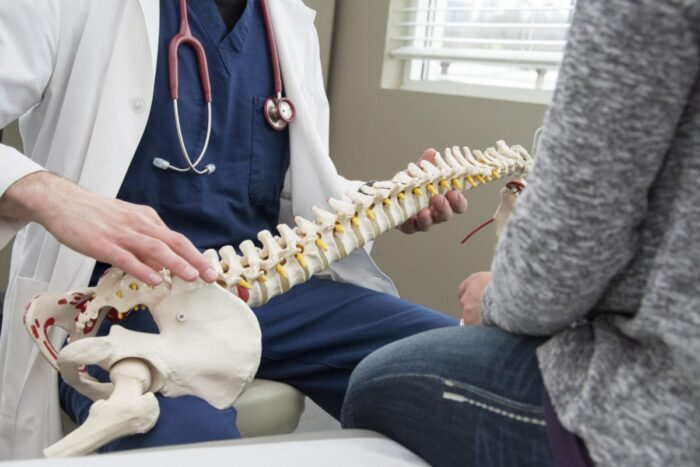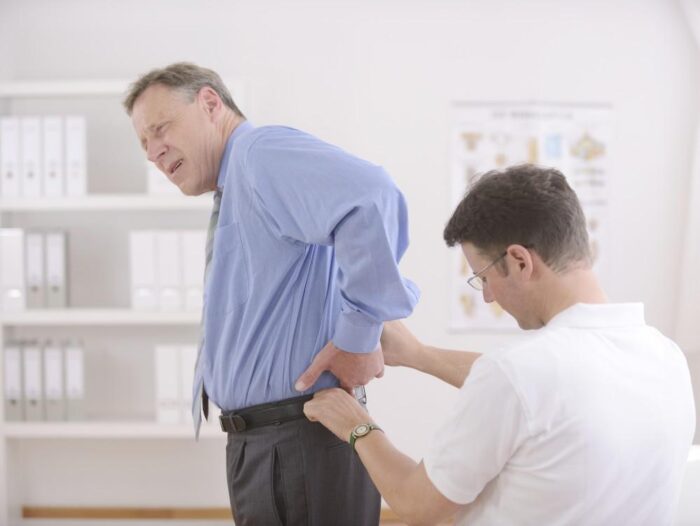
Spinal or lumbar instability is a condition characterized by discomfort and pain in the lower back, and due to progression can end in disability. It occurs due to abnormal mobility of all adjacent vertebrae, where their excessive movement occurs. As a consequence, degeneration of the intervertebral joints may occur. As a large number of important nerves pass through these structures, spinal instability can lead to their damage and consequent disturbances of other parts of the body that these nerves regulate. Below we talk in more detail about lumbar instability – its causes and ways in which it can be corrected.
What is lumbar instability?

Spinal instability is a condition that often occurs as a result of frequent, prolonged and extensive spinal stretching (mostly present in some sports), but the causes can be different. It occurs due to excessive mobility of the vertebrae, when the range of motion is much greater than normal. After some time, degeneration of the intervertebral joints occurs, and then damage to the nerves that pass through the spinal canal. These nerves play an important regulatory role, so their damage can lead to a number of other problems in the function organs that are under their regulation. It can also increase the risk of spinal arthritis. This condition is accompanied by discomfort and pain in the lower back and it is necessary to treat it properly in order to eliminate the pain and prevent other health consequences.
What causes lumbar instability?
Spinal instability is most common in athletes – gymnasts, pole vaulters, trampolines and others. In these sports, there is frequent and intense stretching of the spine, resulting in a crack in the vertebral arch (spondylolysis). As a result, there is excessive mobility of adjacent vertebrae. This is not the only reason why spinal instability can occur. Some people are genetically predisposed to this disease, while in others it occurs as part of the aging process, when the vertebrae start excessively moving even if there is no previous crack in the vertebral arch.
There are some other conditions that can cause lumbar instability, and tumors and trauma are just some of them. Also, in some people, there is a congenital defects in the spinal cord, so as a consequence, lumbar instability and other conditions that come in combination with it occur.
What are the symptoms of spinal instability?

The most common symptoms of lumbar instability are severe pain in the lower (lumbar) back and buttocks and intense spasms. Muscle cramps and leg weakness may also occur, as well as numbness or tingling in the upper or lower extremities.
If you notice any of these symptoms, we suggest that you visit an orthopedist as soon as possible and check that everything is OK with your spine. If you are looking for some good medical care center with experienced and professional orthopedists we suggest you check out orthopaede.com.
However, keep in mind that sometimes this condition develops gradually and slowly, so the nerve fibers have time to “simultaneously extend”. Consequently, no symptoms appear in the early stages.
Ways spinal instability can be corrected
After the diagnosis of spinal instability, treatment measures are taken to alleviate the pain, prevent the progression of this condition, as well as to eliminate all the symptoms caused by damage to nerve fibers. Diagnostic procedures to detect lumbar instability include magnetic resonance imaging and X-ray. A spinal probe can also be used for diagnostic purposes. Its role is to recreate those conditions in which the patient usually experiences pain in order to establish what is causing the pain and potentially diagnose spinal instability.
There are several ways in which spinal instability can be treated:
1. Physical therapy

Physical therapy aims to strengthen the muscles of the spine and thus stabilize the spine. This approach can be very effective in mild forms that do not require more invasive procedures. Physical therapy aims to strengthen the muscles of the spine and thus stabilize the spine. This approach can be very effective in mild forms that do not require more invasive procedures.
There are various exercises whose daily implementation can positively affect the course of this condition and prevent pain and other symptoms.
2. Anti-inflammatory medicines and praescription painkillers
Another conservative approach to treating lumbar instability is the use of anti-inflammatory drugs or prescription painkillers. These drugs have the role of relieving pain and enabling patients to take a relaxing position, which is not possible without these drugs due to severe pain. In cases of acute pain due to lumbar instability, these drugs can be injected directly into the affected nerve root to eliminate the pain in the fastest and most effective way.
3. More invasive procedures

As already mentioned, the way spinal instability is treated is usually through a conservative approach. When it comes to milder forms, a combination of physical therapy and painkillers is usually quite enough to achieve the desired results. However, when it comes to some progressive conditions it is necessary to apply some minimally invasive methods, and sometimes even surgical procedures to eliminate pain and treat this condition in the best possible way.
There is no generalized treatment that will help all patients with lumbar instability, but for each individual patient the treatment is organized differently. The causes, severity and type of spinal instability are taken into account when deciding which treatment would make most sense, but also some of the patient’s individual characteristics, such as age, frequency of physical activity, and others.
Conclusion
Spinal instability is a condition that most often occurs in athletes (gymnasts, trampolines, pole vaulters), but can also be genetically determined or occur as a result of degenerative changes due to age. Characteristic of this condition is that there is excessive mobility of the vertebrae, resulting in frequent pain and discomfort in the lower back and buttocks. As the disease progresses, degeneration of the intervertebral joints and damage to nerve fibers may occur. Diagnosis is made using magnetic resonance imaging or x-rays, and is treated with physical therapy and painkillers. In advanced stages of lumbar instability, it is sometimes necessary to apply some more invasive methods or even surgical treatment.










